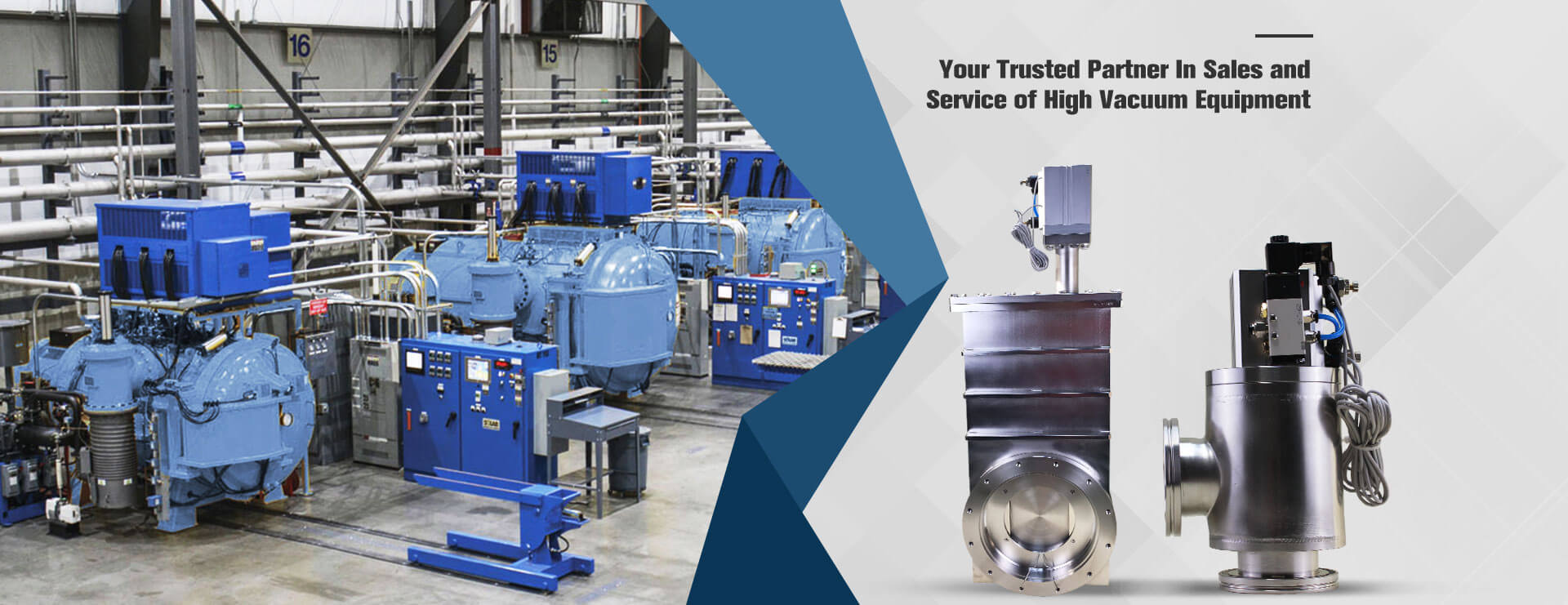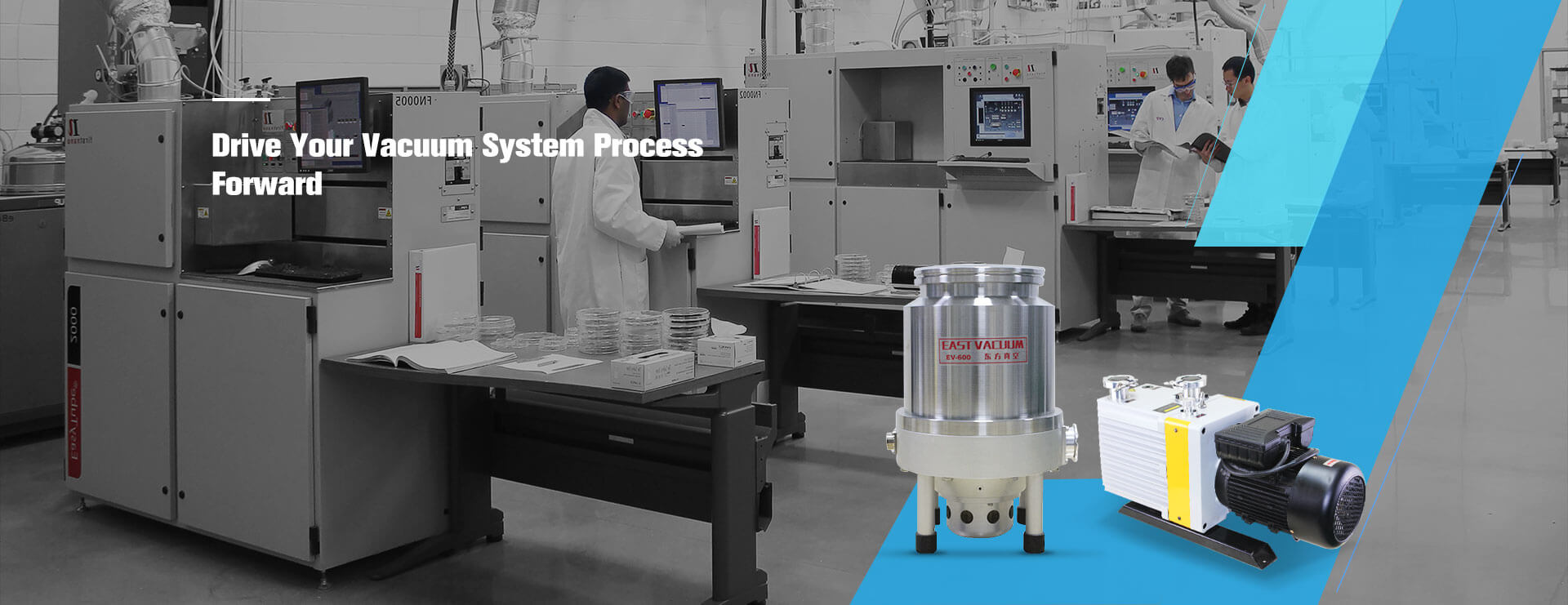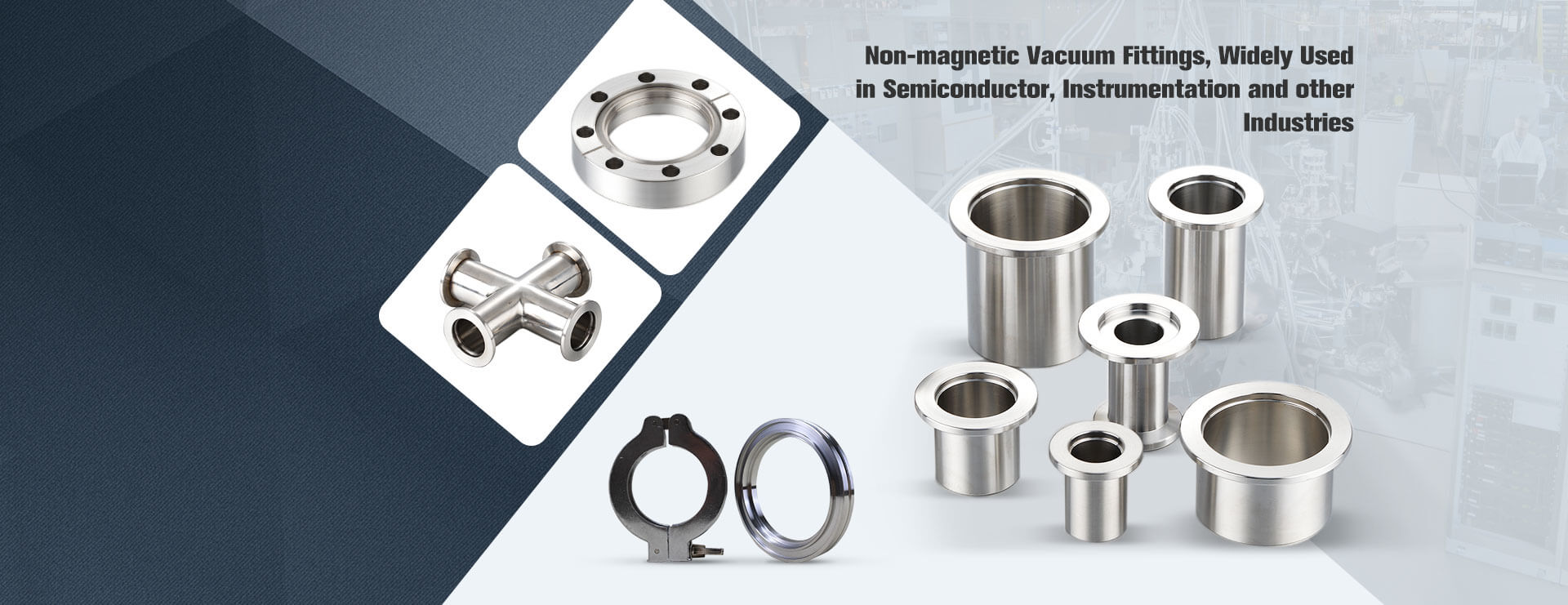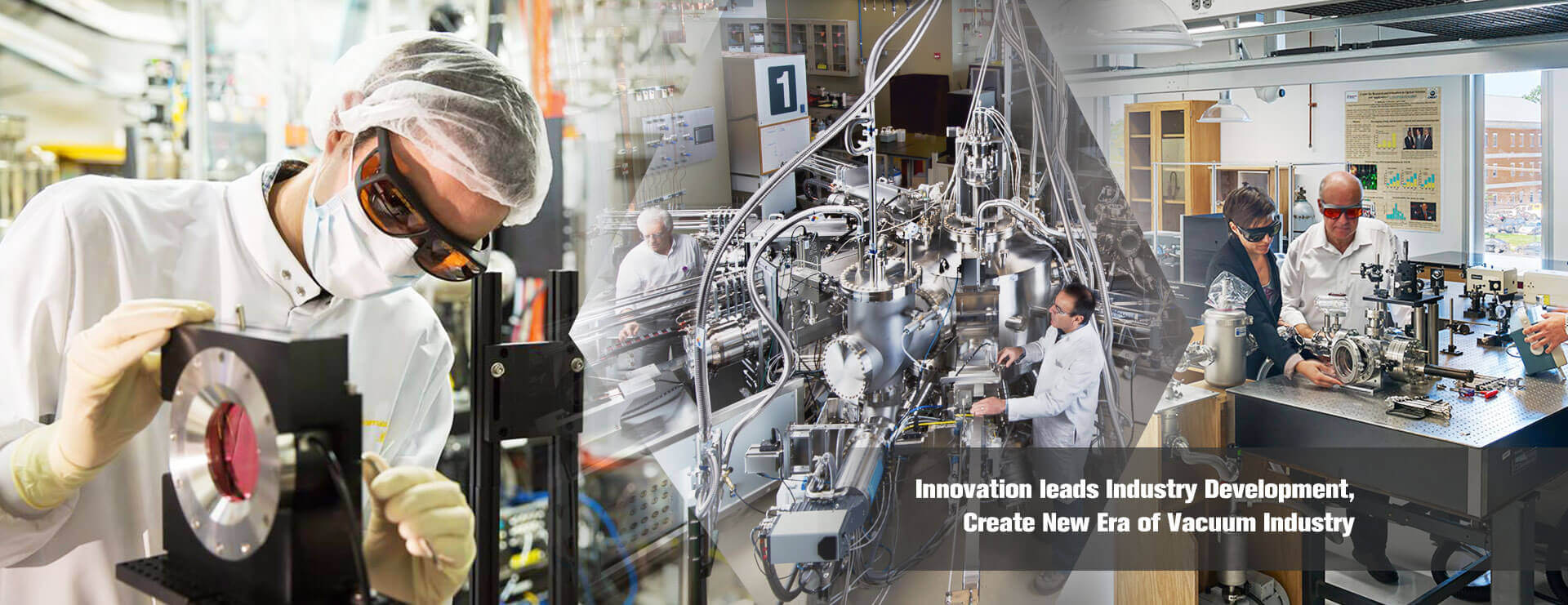Many vacuum process installations are equipped with a Roots pump on top of the pre-stage pump, both to increase the pumping speed and to improve the vacuum. However, the following problems are often encountered in the operation of Roots pumps.
1)Roots pump trips due to motor overload during start-up
The maximum permissible differential pressure of domestic Roots pumps is generally set at 5000Pa, and their motor capacity is also set according to the maximum permissible differential pressure. For example, the ratio of the pumping speed of the Roots pump to that of the preceding pump is 8:1. If the Roots pump is started at 2000 Pa, the differential pressure of the Roots pump will be 8 x 2000 Pa – 2000 Pa = 14000 Pa > 5000 Pa. The maximum allowable differential pressure will then be exceeded, so the maximum starting pressure of the Roots pump should be determined according to the ratio of the Roots pump to the preceding pump.
2)Overheating during operation, even if the rotor is stuck
There are two reasons for the Roots pump to overheat:
Firstly, the inlet gas temperature is too high, as the temperature of the pumped gas will rise further after passing through the Roots pump. If the pump body runs at over 80°C for a long time, it will produce a series of faults and even cause the rotor to seize due to thermal expansion. It is recommended that when the inlet gas temperature exceeds 50°C, an additional heat exchanger be installed upstream of the Roots pump.
Secondly, the pressure on the exhaust side of the Roots pump is too high, especially when the pre-stage pump is a liquid ring pump. If the sealing liquid of the liquid ring pump is polluted by the process gas and high vapour pressure is generated, the Roots pump will run at high differential pressure for a long time, which will lead to overheating.
3)Backflow of liquid from the front stage pump into the pump chamber of the Roots pump
This phenomenon often happens in Roots water ring units. Because when the water ring pump is stopped, although the Roots pump has stopped running, the Roots pump is still in vacuum and the water from the water ring pump will flow back into the pump cavity of the Roots pump and even enter the oil tank through the labyrinth seal, causing oil emulsification and bearing damage. Therefore, before stopping the water ring pump, it must be filled with atmosphere from the inlet of the water ring pump, and the filling time must be maintained for another 30 seconds after the water ring pump stops running.
Copyright statement:
The content of the article is from the network, the copyright belongs to the original author, if there is any infringement, please contact us to delete.
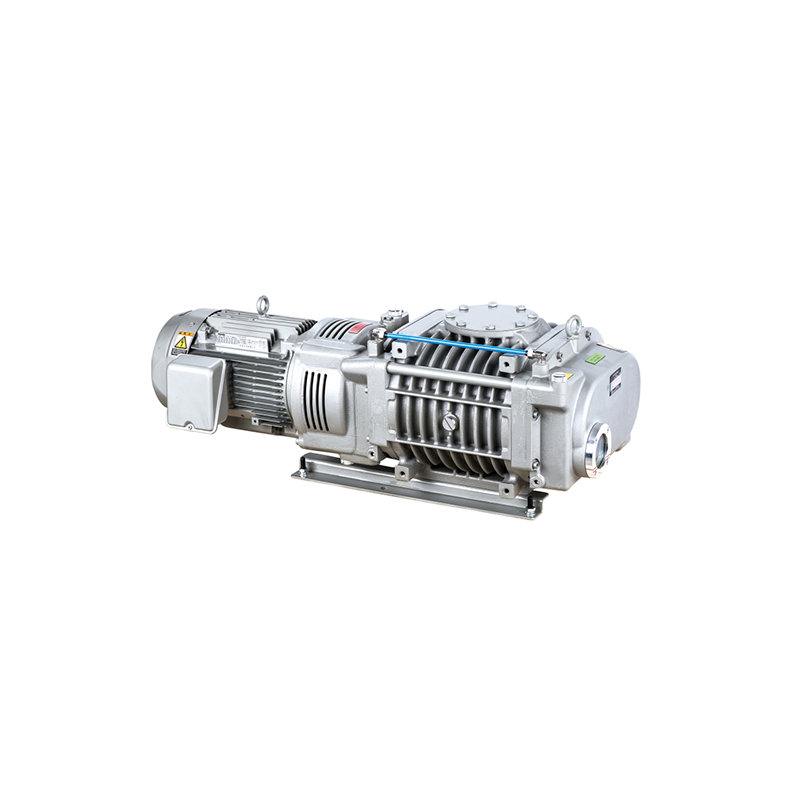
Post time: Dec-30-2022

